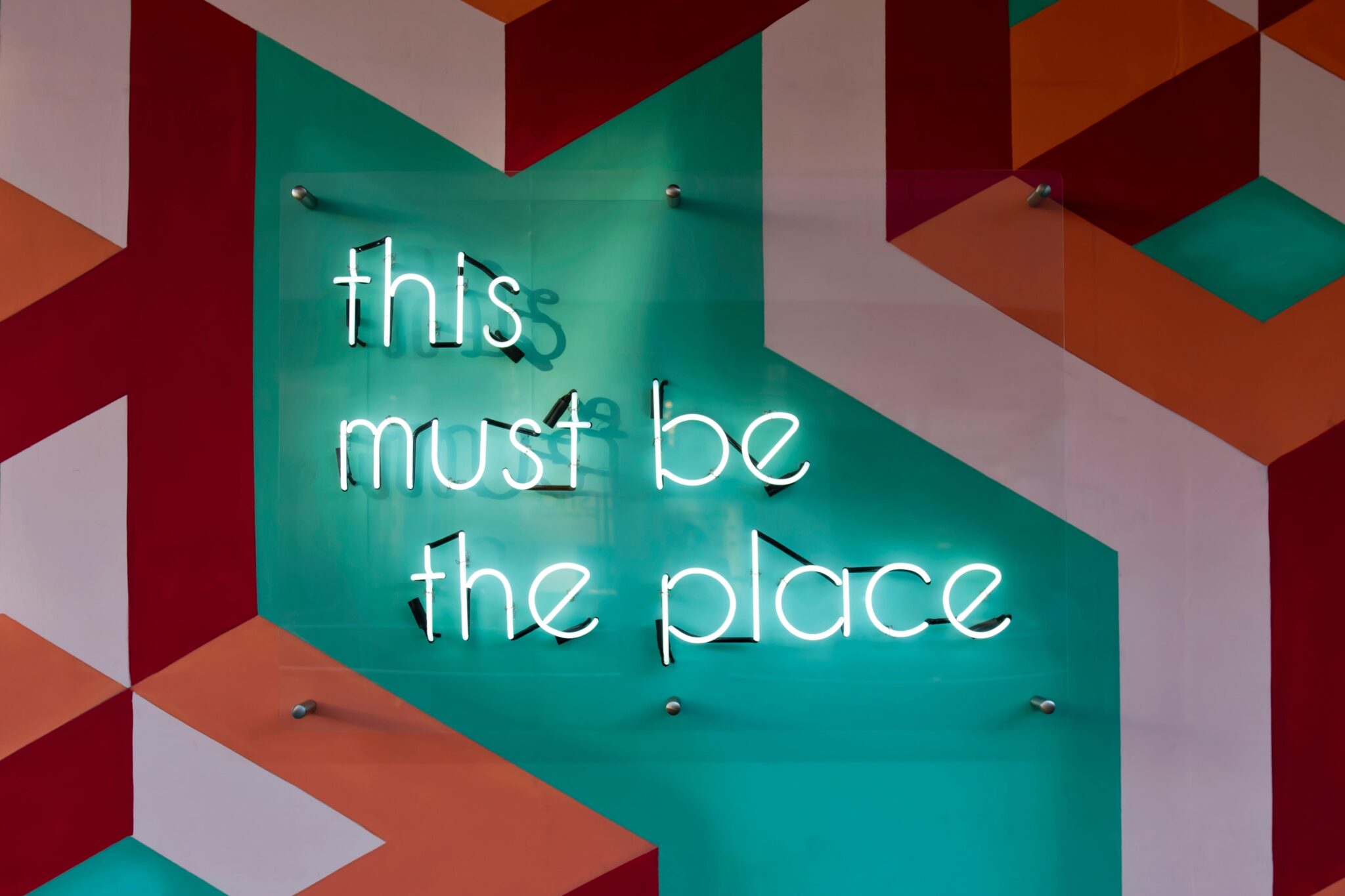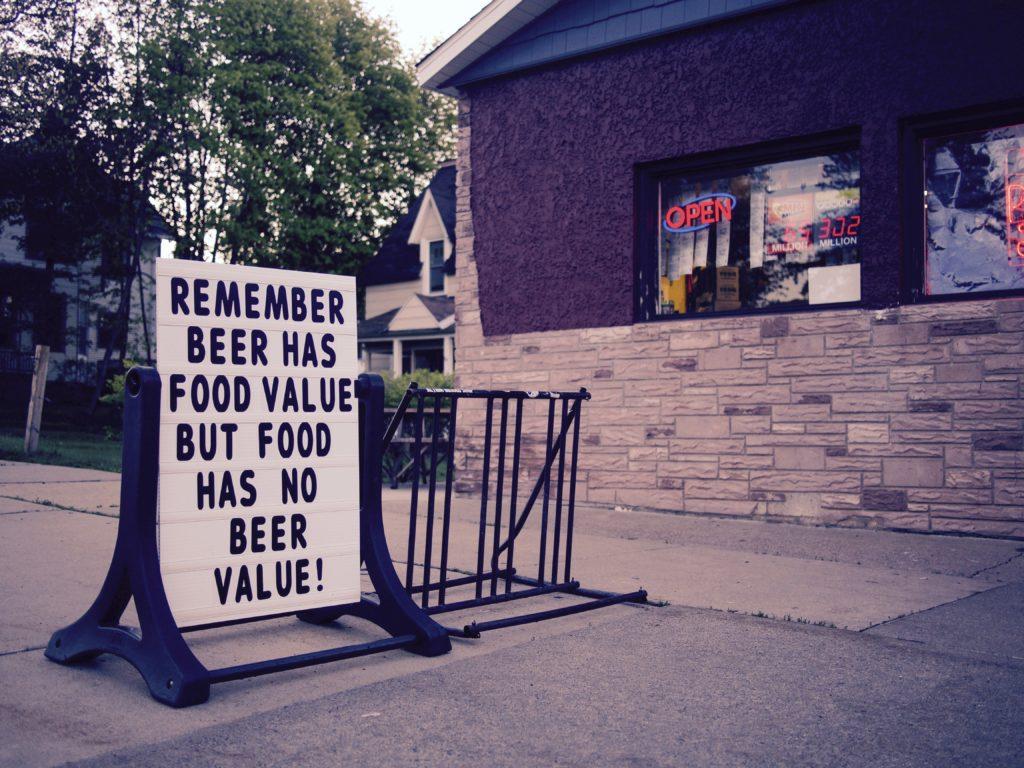Event signage is great for giving directions, promoting a brand, or simply providing guests with some entertainment.
In this guide, we’ll go over…
- Why you need event signage
- What to think about before you order signs
- The different types of event signs available
- Some tips on sign placement
Read on to learn about how you go about branding your next event effectively.
Billetto is a ticketing platform that helps you manage, promote, and host events. Set up an event page and start selling tickets in 5 minutes.
CREATE YOUR EVENT >>
Why do you need signage at events?
Chances are that you’ll need at least a sign or two no matter what event you’re organising. Smaller events will naturally need fewer signs than big conferences and festivals.
Here are some of the areas you’ll typically require signage for at an event:
- Entrances
- Registration area
- Queues
- Food and drinks
- Toilets
- Stages
- Information points
- Mobile charging stations
- Smoking areas
- Exits (both regular and emergency)

You might also want to use signage to supplement the following:
- Event branding
- Event schedule
- Venue map
- Health and safety warnings
- Social media handles and hashtags
Tip: Canva has a lot of free event signage templates you can use and customise for your event.
What to think about when it comes to event signage
Because there are so many different kinds of event, there will also be different requirements for event signage. Here are some of the things you should consider for your event.
1. What is the aim of the event?
The purpose of your event will largely determine what signage you’ll need. A business conference will need sponsor signage, whereas a fundraiser will need signs promoting the charitable cause.
2. Where will the event be held?
Whether your event is held indoors or outdoors (or both) will also determine the kind of material your signs should be made from. Outdoor signage needs to be durable and weatherproof.
3. When can you access the venue?
It’s great if you can access the venue and put up signs before the event. If that’s not an option, then ask for a map of the venue so you can plan where to hang signs on the day of the event.
4. Who will be attending your event?
You should always keep your audience in mind when you plan your event. That goes for signage, too. If you’re inviting business clients, then they should be wowed by the branding. If you’re inviting the press, then they’ll need all the necessary information.
5. How long is your event?
If you’re hosting a music festival, a business conference, or a trade show, it might last more than one day. In that case, you should consider digital displays that can show different information every day of the event, such as the daily programme.

6. Is your event recurring?
On the same note as events that run over several days, you should consider whether you’ll organise or attend a similar event in the future. If you are, then it can pay off to invest in durable signage that’ll stand the test of time.
7. Is it a shared venue?
Trade shows and conferences are shared spaces where everyone is competing for attention. If you’re sharing the event venue with others, it’s important you place emphasis on signage that helps set you apart from everyone else.
Types of signage
Now that we have an overview of what signs you’ll need and you should consider before ordering them, it’s time to look at the types of signage available.
1. Hanging banners
A hanging event banner is one of the simplest and most effective forms of signage you can put up. You can get them in durable and weatherproof vinyl, and they’re very affordable, too.
2. Banner stands
If you’re not able to hang a banner, then a banner stand is your next best option. They’re portable and easy to set up, so you can move them around from one event to another.
3. Floor graphics
Floor graphics can add another dimension to your event. They’re also excellent as a way of providing event guests with directions to important parts of the venue.
4. Table signs (and throws)
If you’re short on space, then why not let the furniture double as your signage? Table signs are great for weddings and conference registration tables. You can also use branded covers as an alternative.
5. Hanging ceiling display
How often do people actually look directly at the ceiling. Well, if you’ve put up a massive ceiling display with a branded message stretched out over everyone’s head, then they might just take a look.
6. Digital signs
We’ve covered digital signs earlier in this article, and with good reason. They’re expensive upfront but look very impressive and can be reused for any occasion.
7. Exhibition booth
Although an exhibition booth is not a sign per se, it hasn’t stopped numerous exhibitors from using it that way. Booths are a great way to carve out a small corner for your business when you exhibit at a conference.
8. Backdrops
If you’ve ever been to a concert with your favourite band, then you’ll likely have seen some impressive backdrops. They’re not just good for music events but work as selfie walls too.
9. Vinyl wraps
Anything can be turned into a sign with vinyl wraps. You’ve probably spotted a vehicle or two using them, but they can adhere to pretty much any smooth surface you can think of.
10. A-frames
If you’d like something a bit less wavering than a banner stand, then try the good old A-frame. It takes more than a gust of wind to knock down, and it’s got plenty of room for information.

11. Graffiti wall
A more unique way to promote your event is with a graffiti wall. Partner up with a local artist and have them create some custom art. Remember to include any social media tags in the artwork.
12. Balloons
You’d be hard-pressed to make balloons stay still and face the same direction. But they still make for a great event branding opportunity. Stick your logo on them and up, up we go.
13. Projections
If you’re not allowed to print on the walls and furniture and don’t have the budget for a digital sign, then go for a projector. All you need is a big flat surface like a wall, floor, or ceiling.
14. Handwritten signs
Finally, you can go completely old school and write your sign by hand. It has a certain charm to it, which is why this method is used by so many restaurants, bars, and live venues.
Additional tips for event signage placement
Some of the signage we’ve gone through can only be used in certain ways. You can’t hang an exhibition booth from the ceiling. (Well, you can try…)
Here are some additional tips for event sign placement:
1. Use nature
Hang signs from trees or lean them up against rocks rather than set up wooden or metal poles.
2. Think big
Use big signs so they can be seen from a distance and grab people’s attention.
3. Foot traffic
Place signs where people walk or have idle moments, such as stairs, escalators, and elevators.
4. See-through graphics
Use see-through graphics to turn windows into signage and help block annoying glare from the sun.
5. 360 graphics
Use a bottleneck point like the entrance hallways to place a sign that surrounds your guests completely.
6. Barriers and queues
Help your guests pass the time by providing them with useful information when they’re waiting to get in.

Billetto is a ticketing platform that helps you manage, promote, and host events. Set up an event page and start selling tickets in 5 minutes.
CREATE YOUR EVENT >>
That’s a wrap
There’s plenty of scope for creativity when it comes to event signage. Everything can be turned into a sign with a bit of imagination and experimentation.
Do you have any experiences you want to share with fellow event organisers? Drop your ideas in the comments below!





Leave a Reply